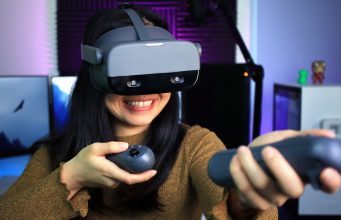
The Pico Neo 2 Eye is a standalone VR headset built for business. Going by the hardware specifications, it is an upgrade in many areas compared to the Oculus Quest. Plus, it has some unique features too, like electromagnetic tracking, wireless SteamVR streaming, and integrated eye-tracking. In this article, I share a summary of my first impressions.
Cas and Chary VR is a YouTube channel hosted by Netherland-based duo Casandra Vuong and Chary Keijzer who have been documenting their VR journeys since 2016. In partnership with the channel, Road to VR shares a curated selection of their content.
Pico’s latest VR headset is the Pico Neo 2. The company is mostly focused on the enterprise market, though consumers in Asia can buy the headsets for personal use also, hence the inclusion of wireless streaming of SteamVR content from a PC on the same network.
Hardware Specifications
There are two variants of the Pico Neo 2. Both have the same hardware specs, except the Pico Neo 2 Eye has integrated eye-tracking. The latter is the version I tested.
The Pico Neo 2 runs on Qualcomm Snapdragon 845 processor and has 6GB RAM. That’s a nice upgrade compared to Quest’s Snapdragon 835 and 4GB of RAM.
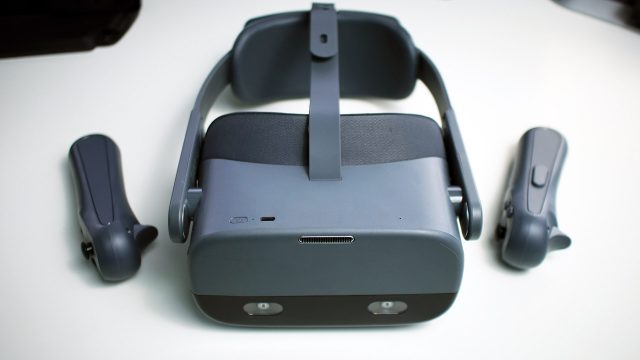
The display has a resolution of 3,840 × 2,160 total (1,920 × 2,160 per eye), which is beautiful and clear. For comparison, the Oculus Quest has a resolution of 2,880 x 1,600 total (1,440 x 1,600 per eye). The Neo 2 only has a single LCD panel though, while the Quest has dual OLED panels. This leads to greyer blacks and software-only IPD adjustment with a range of 55 to 71 mm. My IPD is around 59 mm, so it’s okay for me, but it does feel a little uneasy every time I put the headset on until my eyes get used to it. I prefer a physical IPD adjustment so that the lenses can be best aligned with my eyes.
The lenses and field of view aren’t much different when compared to the Quest. Both are fresnels and have a field of view of around 101 degrees.
Like many other standalone headsets, hidden speakers are built into the headband. If you want to connect your own headphones you can use the 3.5mm audio jack or Bluetooth.
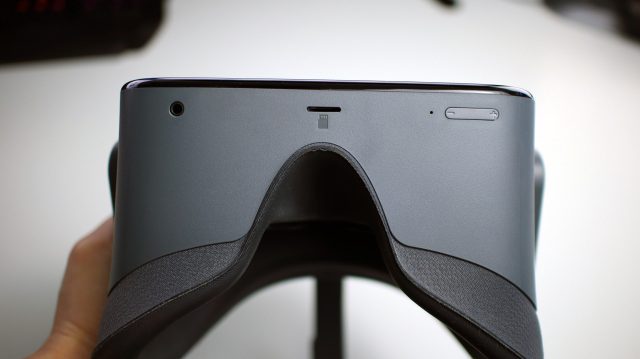
One feature I like about the Neo 2 over Quest is that it has a storage expansion slot on top of the headset. The Neo provides 128 GB on-board storage, but if needed, you can put in your own SD card for up to 256GB of extra storage.
As for battery life, I was able to get about two hours of playtime while recording at the same time.
Comfort
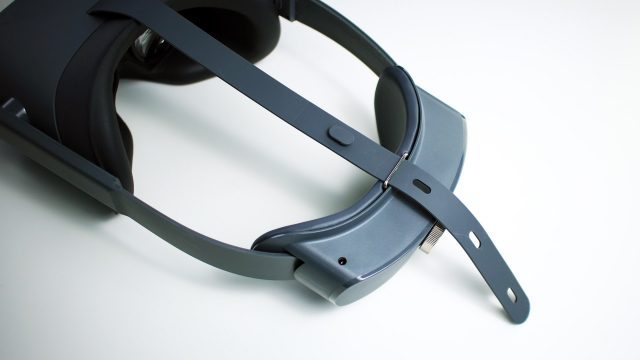
The Pico Neo 2 has an interesting head-strap design which doesn’t use Velcro. Instead, it provides you with three adjustment holes and a dial at the back to make the headset tighter.
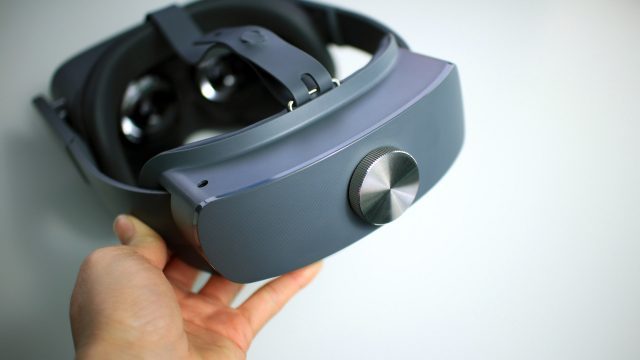
The battery is housed at the back, which allows for better weight distribution, thereby improving comfort. The weight of the whole headset is 692 grams. This is a little heavier than the Oculus Quest, but because of the rear-placed battery, the Neo 2 is a lot more comfortable.
Tracking
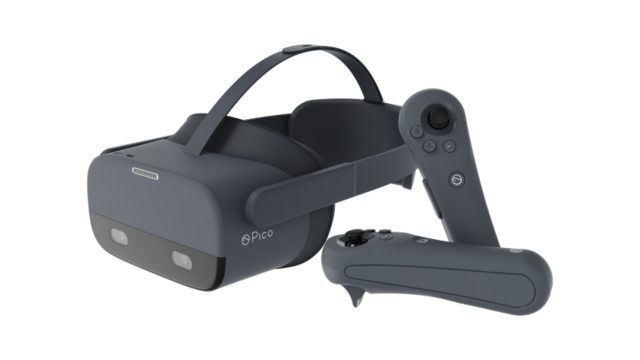
The Neo 2 only has two mono fisheye cameras at the front. Usually, you might get worried about controller tracking loss here, but the Neo 2 doesn’t use optical controller tracking like Quest.
Instead, it uses electromagnetic controller tracking. Without going too techy, this allows for controller tracking without occlusion issues, and it works. I tested this busting some moves in OhShape.
Controllers

The controllers have a familiar button layout, with joysticks, A+B buttons, trigger, grip, and menu buttons. It has one additional button that functions as the ‘go back’ button in Pico’s software. These controllers are not the most ergonomic and don’t have any capacitive finger sensing, but they work relatively well for most games and apps.
Eye-Tracking
The Pico Neo 2 Eye has integrated eye-tracking by Tobii. This also enables dynamic foveated rendering, which leads to higher quality visuals without using more hardware resources. There were a few eye-tracking demos on the headset, and I found it works well, especially in a demo with a mirror where I was able to compare my avatar with eye-tracking enabled versus disabled. The avatar felt a lot more life-like when I had it on, which makes me feel like this would be a great addition to social VR.
Content
Now, here’s the thing about the Pico headset, it’s primarily built for businesses and not for consumers. So as a consumer in the West, you will likely find content lacking. Even though the headset technically runs on Android, like Oculus Quest, you can’t just sideload Quest content unless developers specifically port their games for the headset. There doesn’t seem to be a lot of developer momentum on that front though, unless a lot more consumers buy the headset.
For now, I think the Pico Neo 2 is mostly interesting for developers who are looking to create apps for enterprise.
SteamVR Streaming
In addition to native VR content made for the headset, Pico Neo 2 also supports streaming SteamVR content from a VR ready PC. If you want to know more about that I did a dedicated video exploring the feature here:
– – — – –
The Pico Neo 2 is currently the most powerful 6DoF standalone headset out there, and I think that having specifications like leading resolution in a standalone headset and in such a small form factor with wireless content streaming is pretty impressive.
As a consumer, I think it is interesting to look at these specs as this could indicate what’s coming next in future standalone headsets.
The post Cas & Chary Present: Pico Neo 2 Overview and Impressions appeared first on Road to VR.
Ream more: https://www.roadtovr.com/pico-neo-2-review-overview-cas-chary-present/

No comments:
Post a Comment